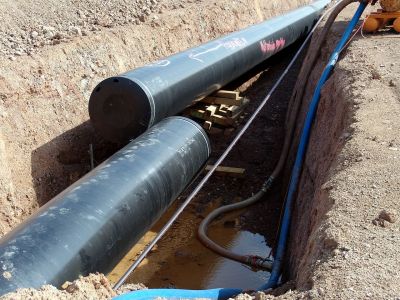Underground pipes are one of the most efficient ways to move fluids long distances, but they are difficult to inspect. Robotic pigs carrying advanced ultrasound technology will soon be able to quickly and accurately assess pipes from within.
Pipelines serve important functions for countries and citizens. They
also represent a significant investment on the part of owners, typically
specialised distribution companies with limited technical and
engineering expertise. Maintenance and inspection are complicated, so
robotic devices called pigs are sent down to flow through the pipes and
perform various operations.
These pigs are evolving thanks to EU support of the project
PIGWAVES.
Scientists are developing pigs sporting long-range ultrasonic testing
(LRUT) technology exploiting guided waves. They will conduct faster,
cheaper and more accurate total-volume inspection in pipe segments of
about 50 m in length.
Every 50 m, the robot will expand a probe collar and lock itself to
the pipe. The collar will utilise the LRUT technology to map the
circumferential and axial pipe corrosion and cracks. It will be able to
inspect 50 m in a few milliseconds and reduce the amount of data stored
by several orders of magnitude. The robotic pig will demonstrate one
more step in its evolution: the ability to swim. In addition to freely
floating around sharp bends and past debris, it will be able to swim if
there is no current flow in the pipes.
Team members have developed all system specifications and inspection
procedures and completed the majority of designs. When it is finished,
the tool will be applicable to previously non-piggable as well as to
piggable pipes, greatly expanding utility.
The PIGWAVES robotic pig is thus expected to have major impact on
the safety of EU pipeline infrastructure and the security of the
products it carries. This will have the side-effect of encouraging
pipeline use as an alternative to vehicle transport, contributing to a
reduction in harmful emissions.

